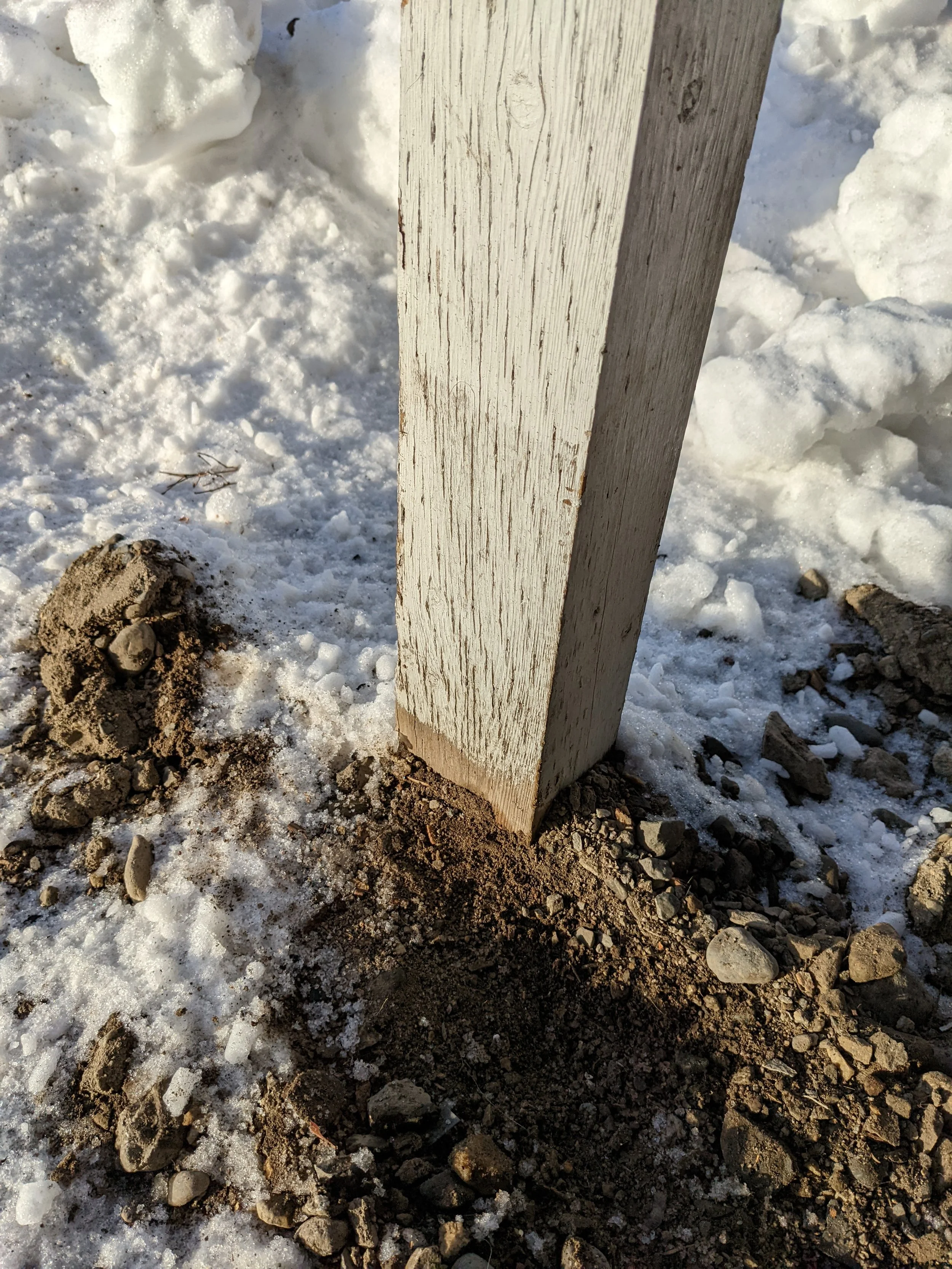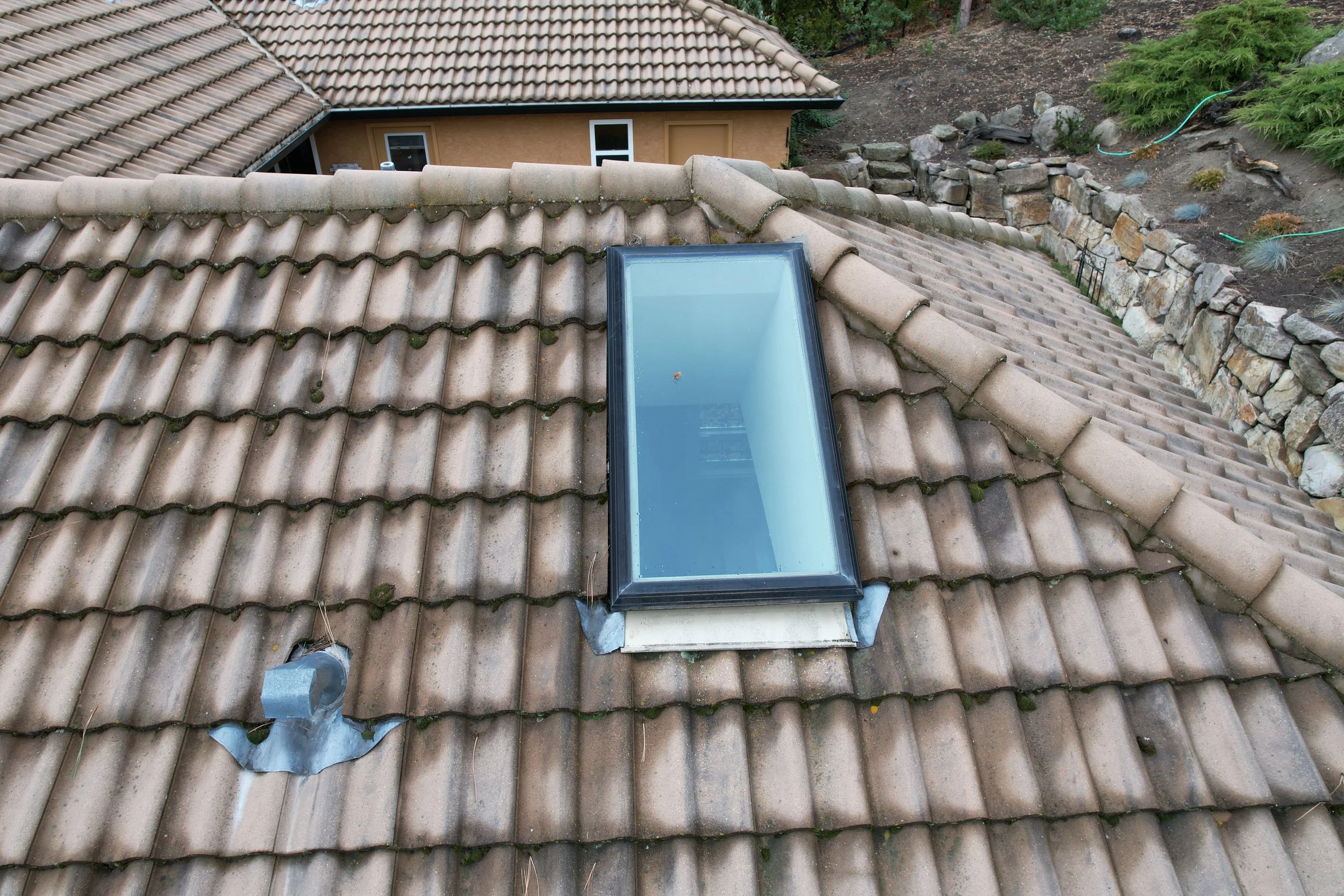Six findings that can kill a deal
A home inspection is an important step in the process of buying or selling a home, and it can be stressful. As a buyer, you need to be aware of the important conditions of the home and whether there are any defects that may cost a lot of money to repair and change your opinion of the home. As a seller, you’re surely hoping the inspection won’t bring about any big findings that might recommence price negotiations, or even kill the sale entirely. Being prepared for the inspection, knowing what to expect, and understanding some possible key findings that will cause concern or kill a deal, are important when heading into the advanced stages of a real estate transaction.
As home inspectors, we frequently find problems in homes that are only a few years old, and even in brand new homes. The older the home, however, the more likely we will identify notable conditions in it. In such a developed real estate market as ours in BC, with 93,953 residential unit sales were recorded in 2020, you can imagine we find a lot of conditions in those homes.
1. Structural & Foundation Problems
Your inspector will check the visible exterior of the foundation, usually by walking the perimeter of the home; and interior basement or crawlspace for proper construction practices and any cracking. They’ll also inspect the grading, slope, and drainage to ensure there’s not an abundance of water that can collect near the foundation and eventually make its way into the home. Inside, they will also observe signs of shifting or settlement when they walk through the home.
If the inspector finds that the foundation is badly cracked, or uneven, there are probably other related issues throughout the home. Old foundations with untreated cracks can lead to serious problems like:
Leaks and water ingress into basements
Seepage, which can cause mold, organic growth and mildew
Pest problems like mice, ants, wood destroying organisms.
The substantial costs associated with repairing a severely cracked damaged foundation can often kill a deal. After all, the foundation is probably the most important system in a home since it supports the whole structure. While minor cracks can often be sealed for a few thousand dollars, dealing with major foundation problems usually include engaging a structural engineer and can cost tens or hundreds of thousands of dollars to remedy. In a worst case scenario, the foundation is not worth repairing and the engineer will recommend rebuilding.
Shifted Foundation
It’s very common for foundations to move and shift over time. As the earth moves, soil moves and so do homes. It’s important, however, that the amount of displacement is minimal. Settlement, poor drainage or poor grading, frost heaving, and freeze-thaw cycles can cause the home to move, tilt, lift, or sink in concerning ways.
An uneven foundation can lead to a number of problems throughout the house:
Warped window or door frames (windows & doors difficult to open and close)
Crooked kitchen cabinets (leaning or separating from walls)
Slanted, uneven floors
Cosmetic cracks inside the home (where walls and ceilings meet, and above windows and doors)
Overall decreased stability, longevity, and safety
Repairs to a distressed or damaged foundation are often very costly. Mudjacking and other interventions to raise and level the home usually cost tens of thousands of dollars and it’s often difficult to get an exact quote in advance since much of the foundation is hidden underground. For these reasons many potential buyers choose to walk away from a home purchase over significant foundation or structural issues.
2. Plumbing and Water Issues
Water is a home’s #1 enemy. Worn out components, low-quality piping, and shoddy do-it-yourself (DIY) work are some common plumbing problems that home inspectors find in Canada. Problems with plumbing systems can lead to expensive repairs. If the inspection reveals water damage like mold & mildew buildup, rotting, sagging, or flooding, many buyers will walk away.
Some plumbing red flags inspectors look for are active leaks, signs of previous leaks, low water pressure, slow/inadequate drainage, blocked drains, and musty/sewer odours.
Poly B or Kitec Piping
Over 100,000 British Columbian homes built in the 1970s until the late 90s have pipes made of polybutylene (Poly B), a flexible grey plastic tubing material that saved money for builders but also degrades over time. Between 1978 and 1995 is the peak of Poly B usage in construction. Homes built with Poly B eventually succumb to leaking, sometimes within 10-15 years. Since plumbing systems are hard to access, replacing Poly B piping with newer PVC pipes can easily cost upwards of $10,000. The good news is there are entire neighbourhoods, like Westwood Plateau in Coquitlam and many subdivisions in Kelowna that were built with Poly B. Insurance companies don’t like that material, and you may have trouble finding a good policy if your home has Poly B pipes.
Kitec is another type of plastic piping (blue or orange in colour) that has proved to be less than optimal and prone to failure. Your home inspector will make a special note of this in your report if they suspect your home is plumbed with Kitec.
Aging Septic Tanks
In the more rural areas of Kelowna, Penticton and Vernon, old septic tanks are a cause for concern among homebuyers. Septic components fail due to regular use, eventually leaking into the soil. Repairs to septic systems are disruptive, can cost over $6,000, lead to unpleasant smells, and are likely to scare away buyers. If you’re a seller it’s a good idea to have your paperwork in order so you can demonstrate a newer tank or at least a history of regular maintenance.
3. Roof Defects
A good roof protects your home from the elements, insulates it from extreme temperatures, and saves you money on heating and cooling.
Roofing is one of the most common home inspection deal breakers. Minor issues like missing shingles and old gutters can easily be resolved, but if the previous homeowner didn’t take good care of the roof, your inspection could reveal major issues like leaking into the attic, mildew, rotting wood, and sagging.
If you’re buying a home during the winter, your inspector will return to the property in Spring or Summer to do a full roof inspection after the snow clears. If your inspector finds any roofing problems, you should request that the seller fix them before you close the deal. A full roof replacement can cost between $10,000 to $60,000.
Homeowners should replace worn out and leaking roofing shingles at least once every 15-45 years, depending on the material. Asphalt shingles last about 18-25 years depending on the grade, wood shingles last around 30 years, concrete tiles can last more than 40-50 years, and metal roofs can last between 50-75 years.
4. Numerous Electrical Problems
Your home’s electric systems include incoming power lines, wires, breakers, the electrical panel, meters, and lighting. Because electricity can be dangerous or even lethal, the electrical system in a home is an important one that buyers and inspectors alike will be concerned about.
Aluminum Wires
In the 1950s and 1970s many Canadian homes builders used aluminum wiring instead of copper in their construction to save money. Aluminum, however, is a softer and more brittle than copper. Aluminum wiring expands and contracts with changes in temperature and current. It’s not as good a material as copper. Over time, aluminum wire loses efficiency and is prone to breaking, which then becomes a fire hazard.
Replacing aluminum wiring with copper throughout a house costs at least $8,000 ($350 to $500 per outlet/receptacle)—a hefty cost that scares away a lot of potential buyers.
DIY Renovations & Sketchy Contract work
Nowadays many homeowners are eager to save money and gain experience with do-it-yourself home improvement projects. As a homebuyer, you never really want to encounter amateur work. Unbalanced circuits can easily overload leading to sparks, electrical surges, and house fires.
A good home inspector can tell if renovation work was performed by licensed contractors and meets all of your local building codes. Inspectors look for red flags like sloppy wiring, wall outlets installed at uneven heights, and double tapped circuit breakers. Since most of a home’s electrical systems are behind walls, most buyers would rather walk away than fix DIY electrical work which often involves redoing sections of drywall.
5. HVAC Problems
Heating, ventilation, and air conditioning appliances play a critical role in air quality, comfort, and home safety. To prevent buildup of dust and harmful allergens, you should have your HVAC appliances serviced every year, and usually will fully replace them every 10 to 25 years. These include the furnace, hot water tank / water heater, and air conditioning / heat pump system. Filters should be replaced every 3 months.
Home inspectors check your HVAC appliances for proper installation & air flow, clean filters & ducts, and look for nearby water damage or corrosion that could have been caused by faulty appliances. We also try to find the date the appliance was manufactured and estimate its age as best we can. If your home inspector finds that the seller ignored their maintenance responsibilities for several years, it could be a sign that you’ll find trouble in other parts of the house as well.
If a home’s HVAC appliances are failing or at the end of their useful life, a full replacement (including installation) can cost upwards of $9,000-$12,500.
6. Environmental Issues
Buried oil tanks can be a concerning issue to take care of as they can indicate contaminated soil and a serious environmental hazard. Many homes built before about 1960 would have used underground storage tanks full of oil to supply fuel to the furnace to heat the home. Unfortunately the metal tanks corrode and inevitably leak and remediation of underground oil storage tanks can cost $10,000 to $30,000 and even in a worst-case scenario of up to $100,000. We have heard of several deals fall apart due to the presence of old, buried oil storage tanks and the uncertainty that they can pose.










